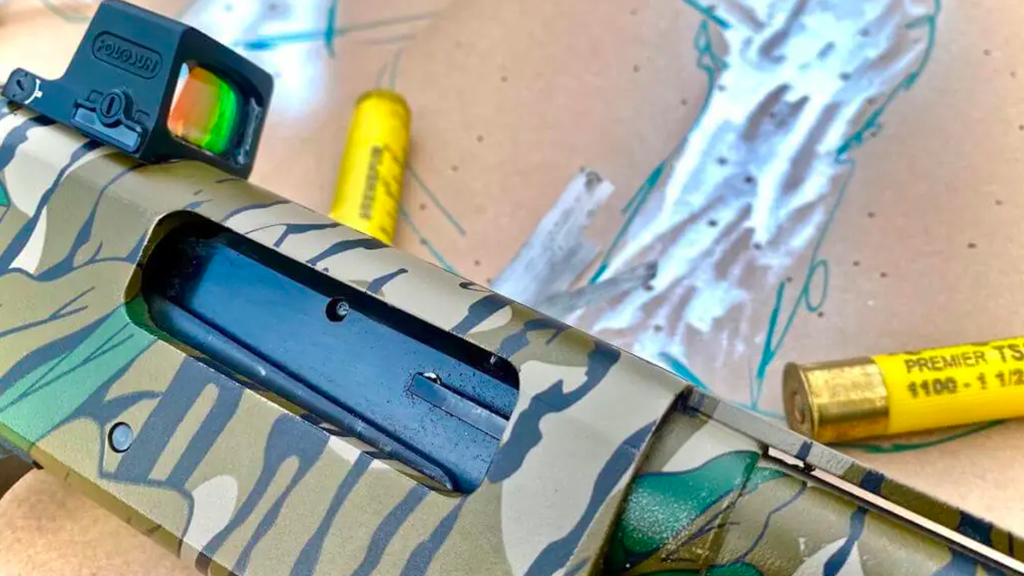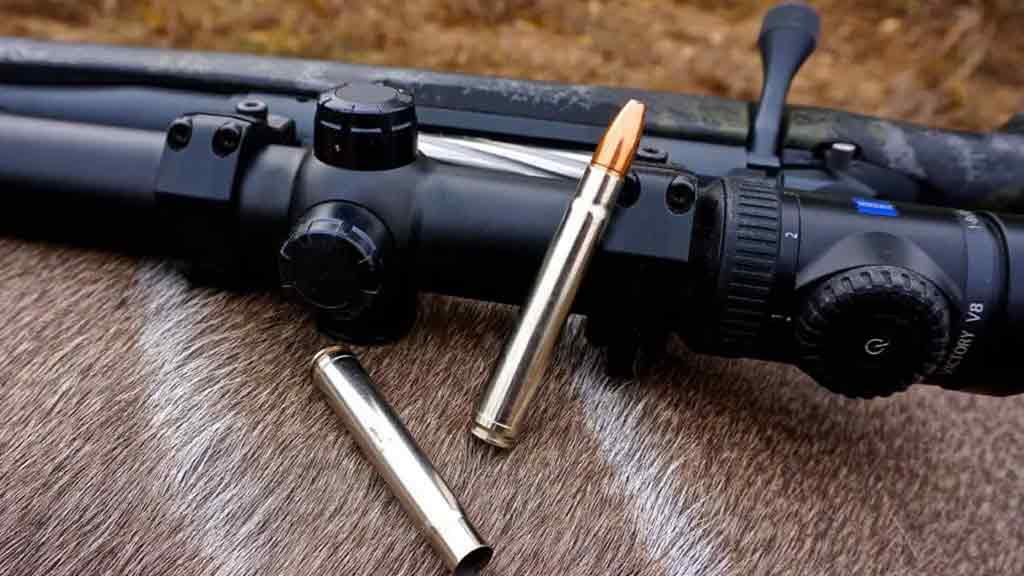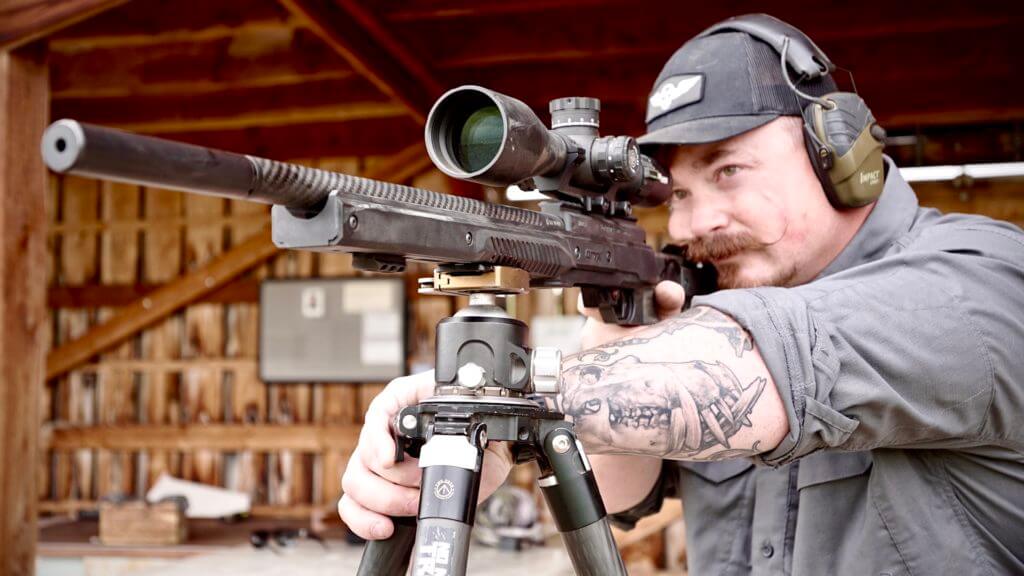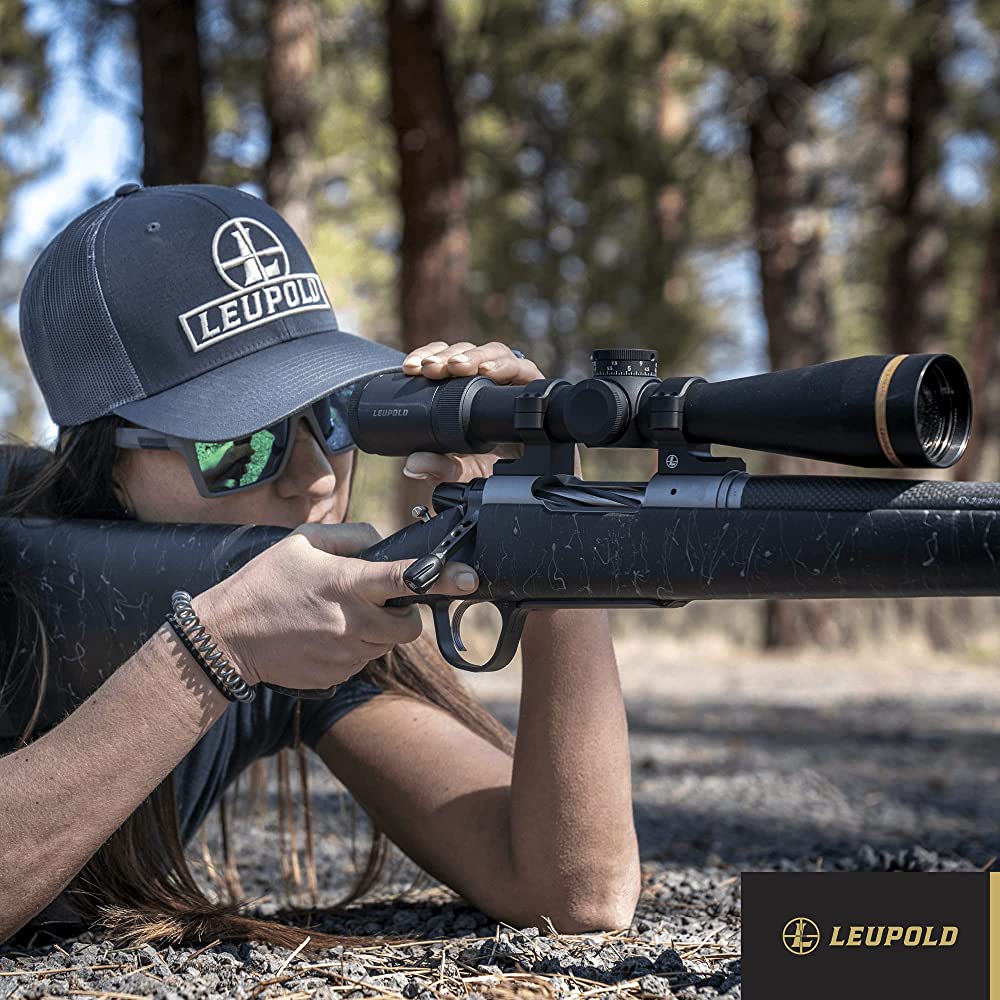Viper MRAD Riflescope by Vortex
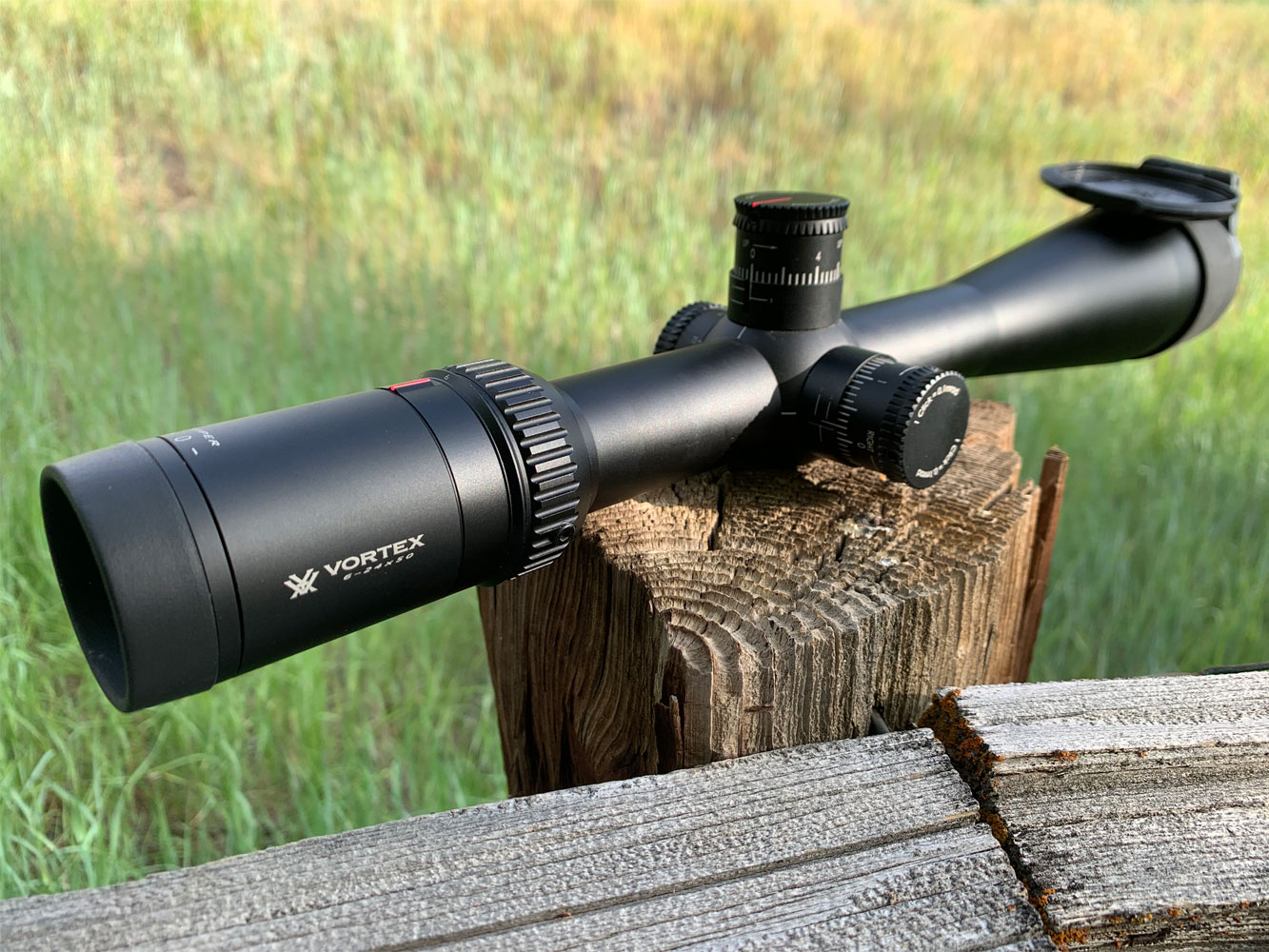


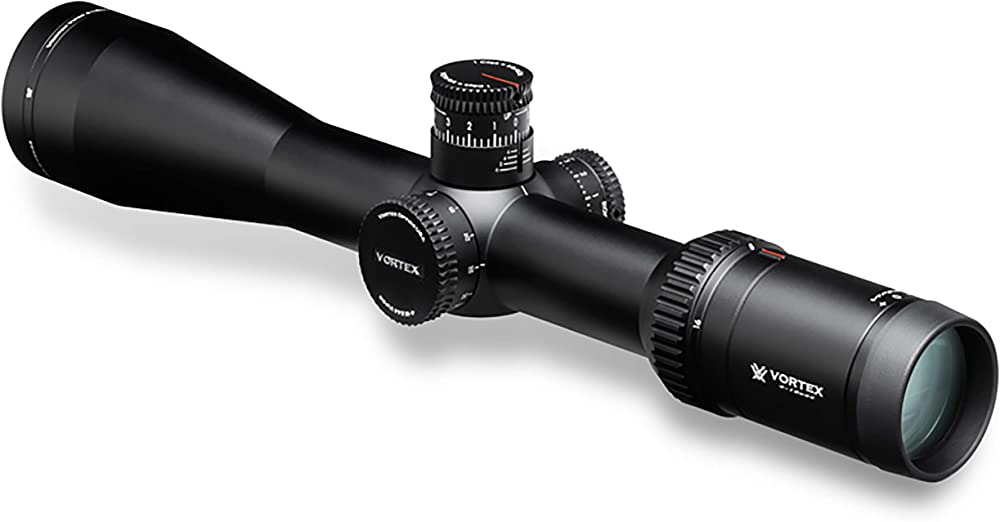
If you’re searching for a top-notch riflescope that’s both dependable and versatile, look no further than the Vortex Viper HS-T 6-24×50 VMR-1 MRAD Riflescope. This scope is a great choice for a variety of shooting scenarios, whether you’re perched in a tree stand or scaling a mountainside. One of the most notable features of the Viper HST is its VMR-1 MRAD reticle, which delivers pinpoint accuracy for long-range shooting. With a magnification range of 6-24x, you can easily zoom in on your target and fine-tune your aim for the perfect shot. As a seasoned hunter, I’ve relied on this scope for the past five years with fantastic results. I’ve taken it out on numerous coyote and deer hunting expeditions, and it has consistently delivered exceptional performance. Although I’ve experienced only one issue, the Vortex customer service team resolved it swiftly. One of the best aspects of the Viper HST is its affordability. Despite its advanced features, this scope is reasonably priced and provides great value for the money. If you’re looking to venture into long-range shooting without breaking the bank, this is a riflescope you should seriously consider. Overall, I wholeheartedly recommend the Vortex Viper HS-T 6-24×50 VMR-1 MRAD Riflescope to anyone seeking a versatile, dependable, and budget-friendly riflescope. Whether you’re an experienced marksman or a novice shooter, this scope will deliver the accuracy and precision you need to hit your targets every time.

